Rajshahi, Apr 26 (V7N) - The once vital Baral River is facing imminent danger and is on the verge of becoming a mere dead canal due to relentless encroachment and severe pollution. Over time, the majestic river is being reduced to a narrow channel. Efforts undertaken by the Water Development Board at various intervals have seemingly failed to restore the natural flow of the Baral. Encroachment by influential individuals and the heavy accumulation of silt in the riverbed have stripped the once fast-flowing Baral of its navigability, leading to the loss of its historical significance and its transformation into a stagnant, dead canal.
In response to this critical situation, Afzal Hossain, a dedicated member of the Baral Protection Committee and director of Rulfao, has urgently appealed for swift and effective measures to preserve the river's natural course.
Several residents living along the riverbanks recounted that the Water Development Board initiated the Baral River Intake Channel Excavation Project in the fiscal year 2008-09 with the aim of maintaining the river's flow. Approximately 19.10 km of the upstream Baral River was dredged at a cost of around Tk 13.3 crore, with the excavation work concluding in 2011. However, locals noted that the excavation was carried out slightly away from the main mouth of the Baral. Consequently, sediment continues to accumulate, hindering the normal flow of water from its source. Even during the rainy season, the water flow is insufficient, leading to the Baral estuary becoming a barren landscape during the dry season, impacting crops on both sides. Furthermore, in July 2024, the Water Development Board announced a pilot project involving the re-excavation of a 450-meter stretch at the Baral's mouth with a budget of Tk 52 lakh. Despite complaints of significant irregularities in this work, authorities completed it. Locals allege that the dredged sand subsequently flowed back into the river.
Historically, the Baral originated as a significant distributary of the Padma River in Charghat Upazila of Rajshahi. From there, it flowed through Bagha Upazila of Rajshahi district, then through Bagatipara and Baraigram in Natore, and finally joined the Jamuna River via Chatmohar and Bhangura Upazilas of Pabna. The river's importance as a communication route fostered the development of numerous significant establishments along its banks, including markets, schools, colleges, police stations, and cantonments.
Local farmer Zarjis Sheikh lamented the impact of unplanned excavation, stating that it altered the river's course. He pointed out that water from the Padma only flows into the Baral during the monsoon when the Padma's water level exceeds the danger mark. Today, the Baral faces an existential crisis due to siltation at its confluence with the Padma, obstructing water inflow. Additionally, excessive groundwater extraction for irrigation and daily needs has caused a significant drop in the water level. He warned that if the government fails to take immediate action to re-dredge the river, the Baral might vanish from the map entirely.
College teacher Nazrul Islam recalled that the Water Development Board had aimed to make the upazilas along the river flood-free in the 1981-82 fiscal year by constructing a dam at Charghat, which inadvertently disrupted the river's natural flow. He also noted that upstream encroachment has gradually narrowed the river into a canal. He emphasized the necessity of re-excavation to restore the Baral's free flow and navigability.
Rifat Karim, the executive engineer of Natore Water Development Board, reported that a proposal worth Tk 528 crore has been submitted for the comprehensive re-excavation of the Baral following a feasibility study. He added that the first phase of this project would involve the re-excavation of 48 km of the Baral River, 43 km of the Narod River, and 6 km of the Musa Khan River, pending approval of the proposal.
END/RAR/RH/



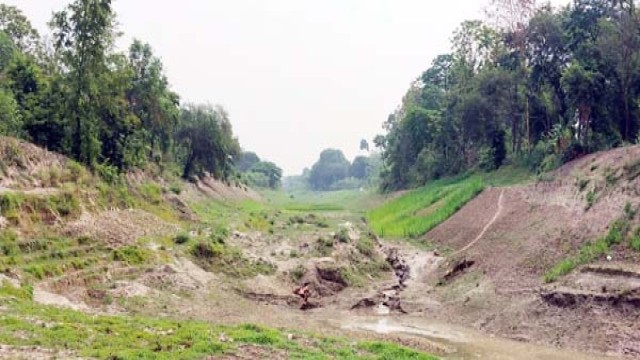
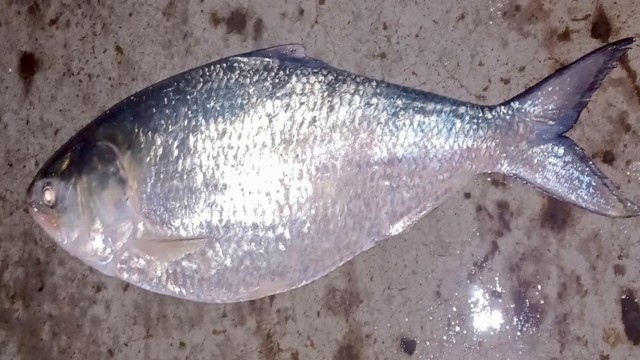

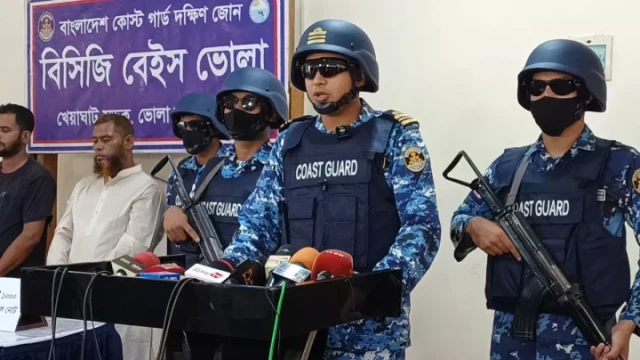
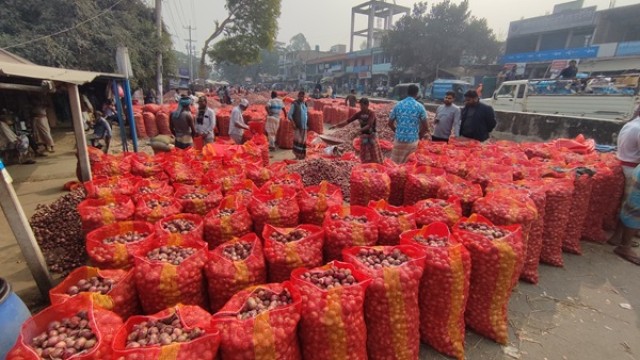
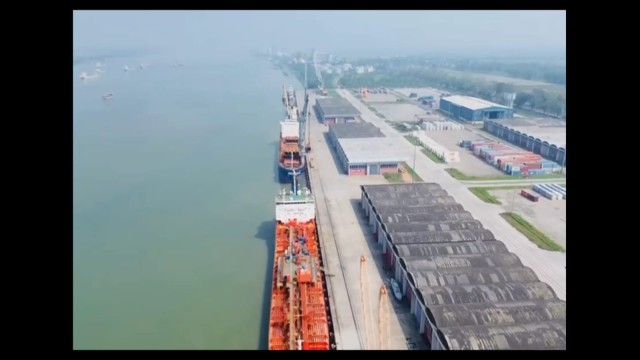
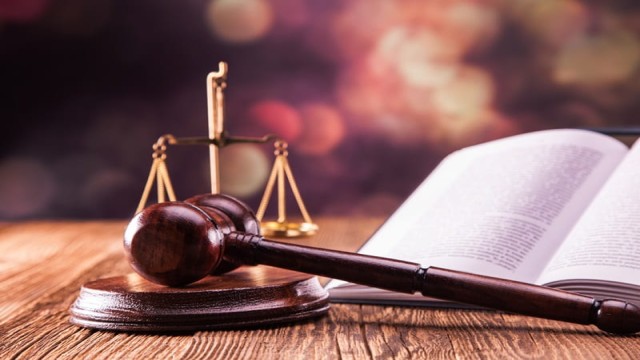



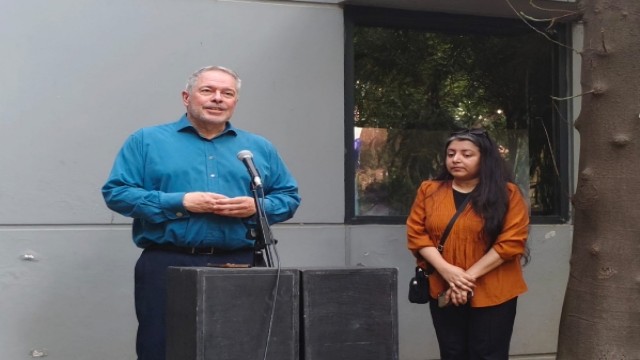
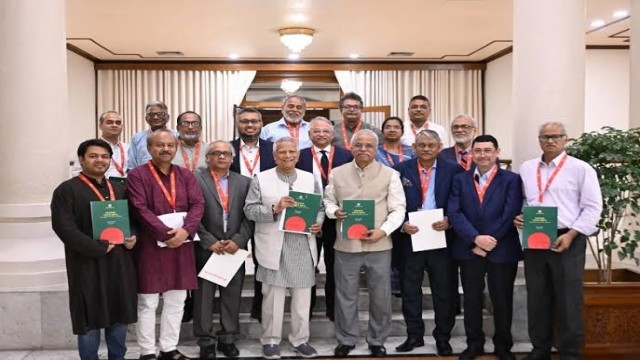
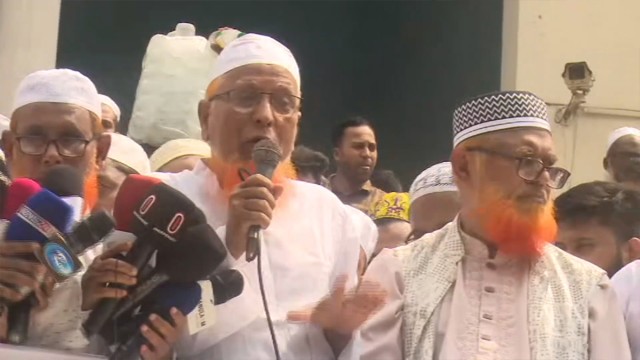
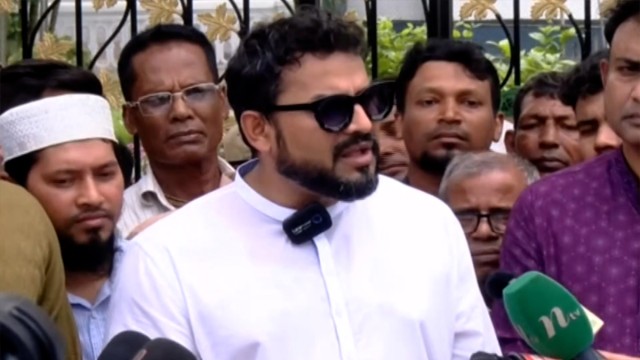

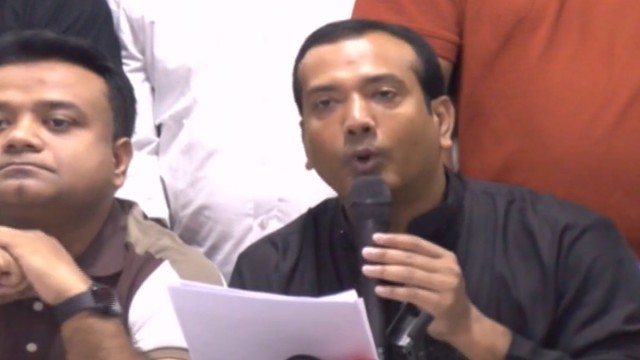
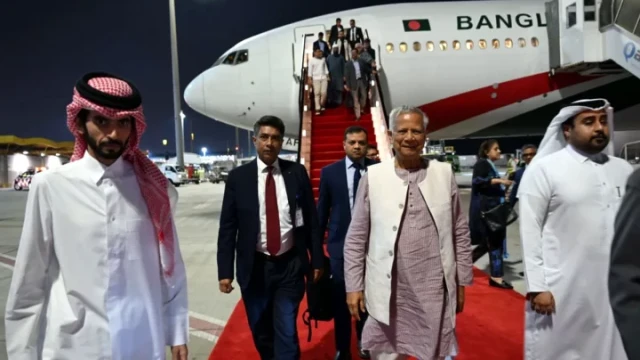
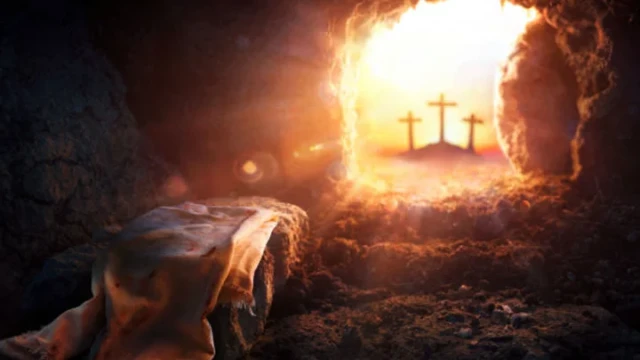
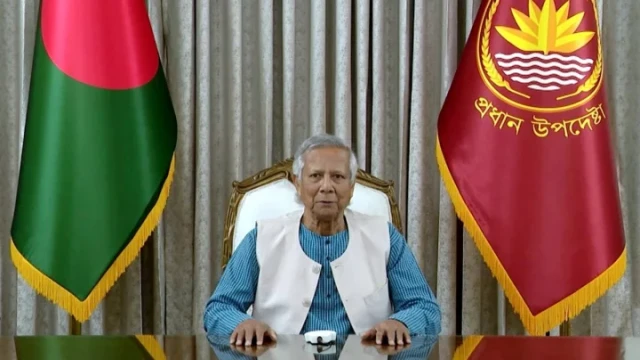
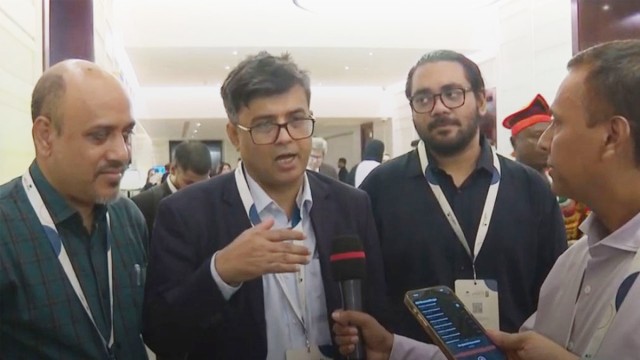
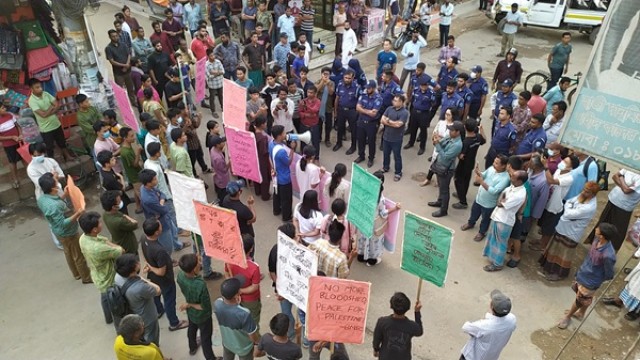
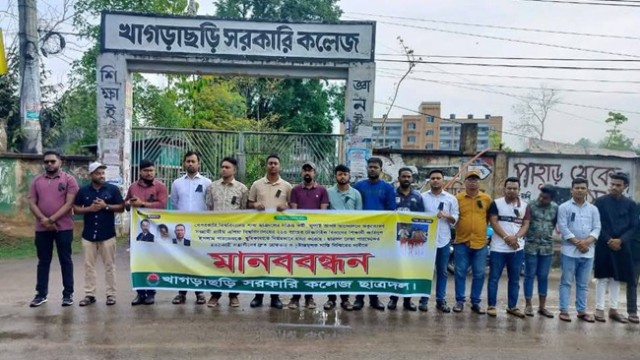
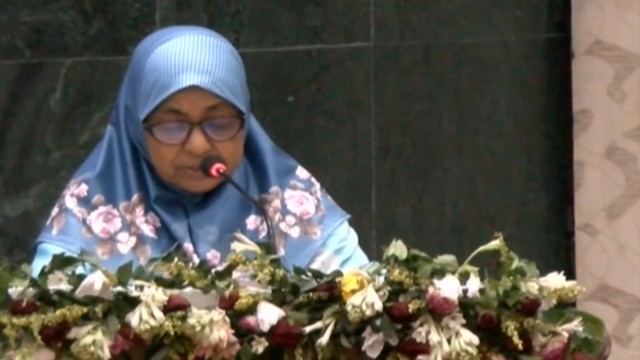
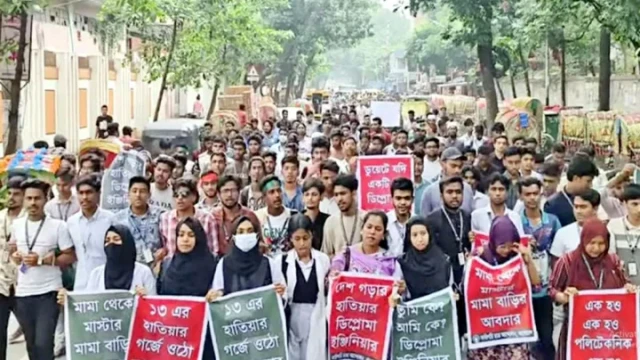

Comment: